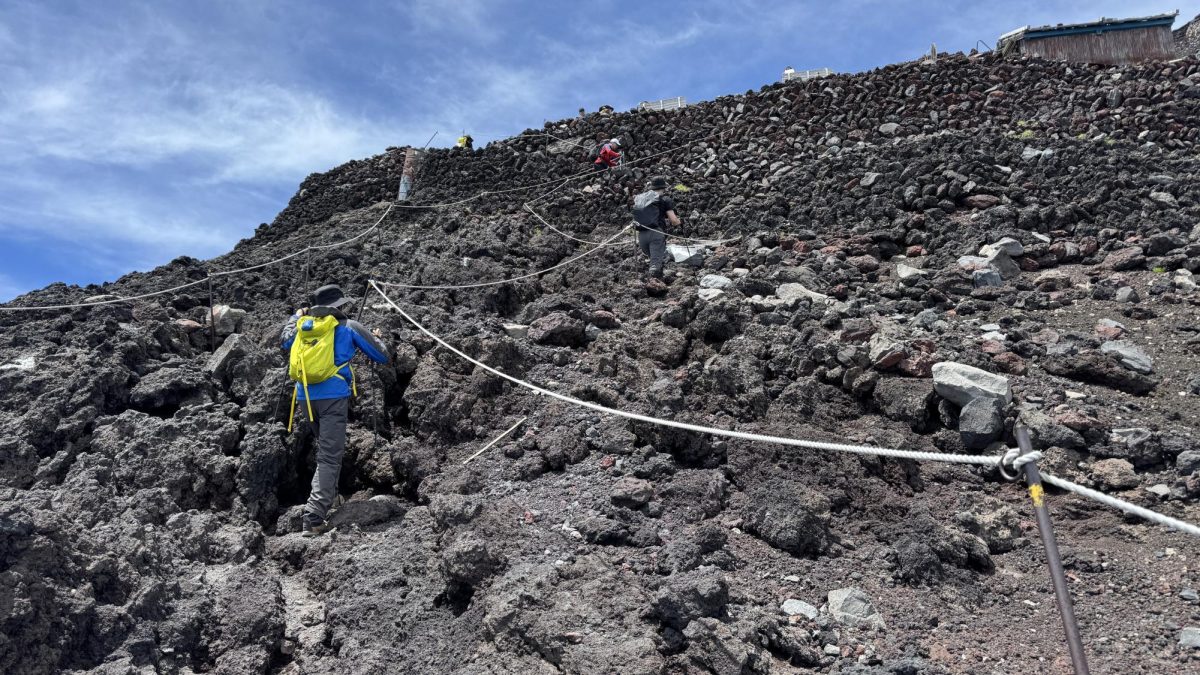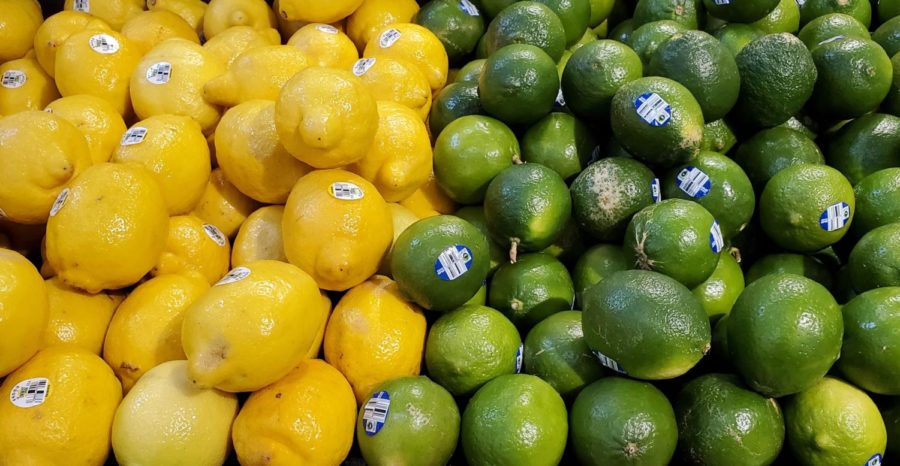Spike in grocery prices driven by COVID-19 pandemic
The cost of food prepared at home increased 8.6% from early 2021.
May 4, 2022
ARLINGTON, Texas — As the world shut down at the dawn of the COVID-19 pandemic, and people bolted to grocery stores to stock up on a mountain of meat and toilet paper, the price of food, gas and basic living necessities were becoming expensive. As of 2022, America is experiencing inflation, especially for gas and food. The rising prices have an impact on both consumers and grocery store employees.
Food prices rose 0.9% from January 2022 to February 2022. Food prices went up 7.9% from February 2021 to February 2022, according to the Consumer Price Index. Food prepared at home increased 1.4% from January 2022 to February 2022 and was 8.6% higher than 2021.

In the beginning of the pandemic, then-16-year-old Ariana Evans began as a courtesy clerk for Kroger. At 18, she is now supervisor of the front-end department. She said she struggled in the workplace and at home as she tried to maintain the health of customers and her family.
Evans said customers and employees were constantly on edge, not only about their health, but also because they worried how they could provide for their families.
“Every day, we had lines of customers down the aisle with empty shelves and trucks being unable to deliver the supply we need,” she said.
Evans was moving up in ranks within the organization while also trying to stay in school, maintaining a good grade point average and studying to become a veterinary technician. She said the pandemic experience helped her realize how important health is to her, which is why she is still wearing a mask.
“‘Stay masked up for the safety of others’ was on my mind every day before clocking into work,” she said.

Anijah Thomas, a former Kroger employee, said her experience with the pandemic and inflation had a big impact on her mental health.
“Working for a grocery store during a pandemic was very hectic for me,” she said. “You had hundreds of people that were coming in to get goods and trying to make it home without contracting the virus.”
Thomas said Kroger helped employees get through the worst of the pandemic.
“Kroger helped benefit employees by giving us fuel points and also supplied us every holiday with a $100 store gift card to help with food, household items and medication,” she said.
Kroger stock fell 0.25% in late March, a new low for the company. Kroger flourished during the pandemic when people were making food at home and needed to grocery shop.
Ric’eshia Brewer, a former Walmart employee, worked for the company for more than two years and had firsthand experience of inflation’s toll. She dealt with inflation in Texas and
Virginia.
“Work conditions were still at an all-time high due to the demand in essentials, which led me to work more efficiently under pressure,” she said. “The inflation of prices in Virginia has affected the number of groceries that I can normally afford.”
Virginia has experienced a 7.9% jump in inflation, which is the highest spike since 1982.
Although inflation affected her ability to purchase her groceries, Brewer said Walmart helped out.
“We received Christmas discounts of 15%, food in the break rooms and a $75 vaccination bonus for COVID awareness,” she said.

































